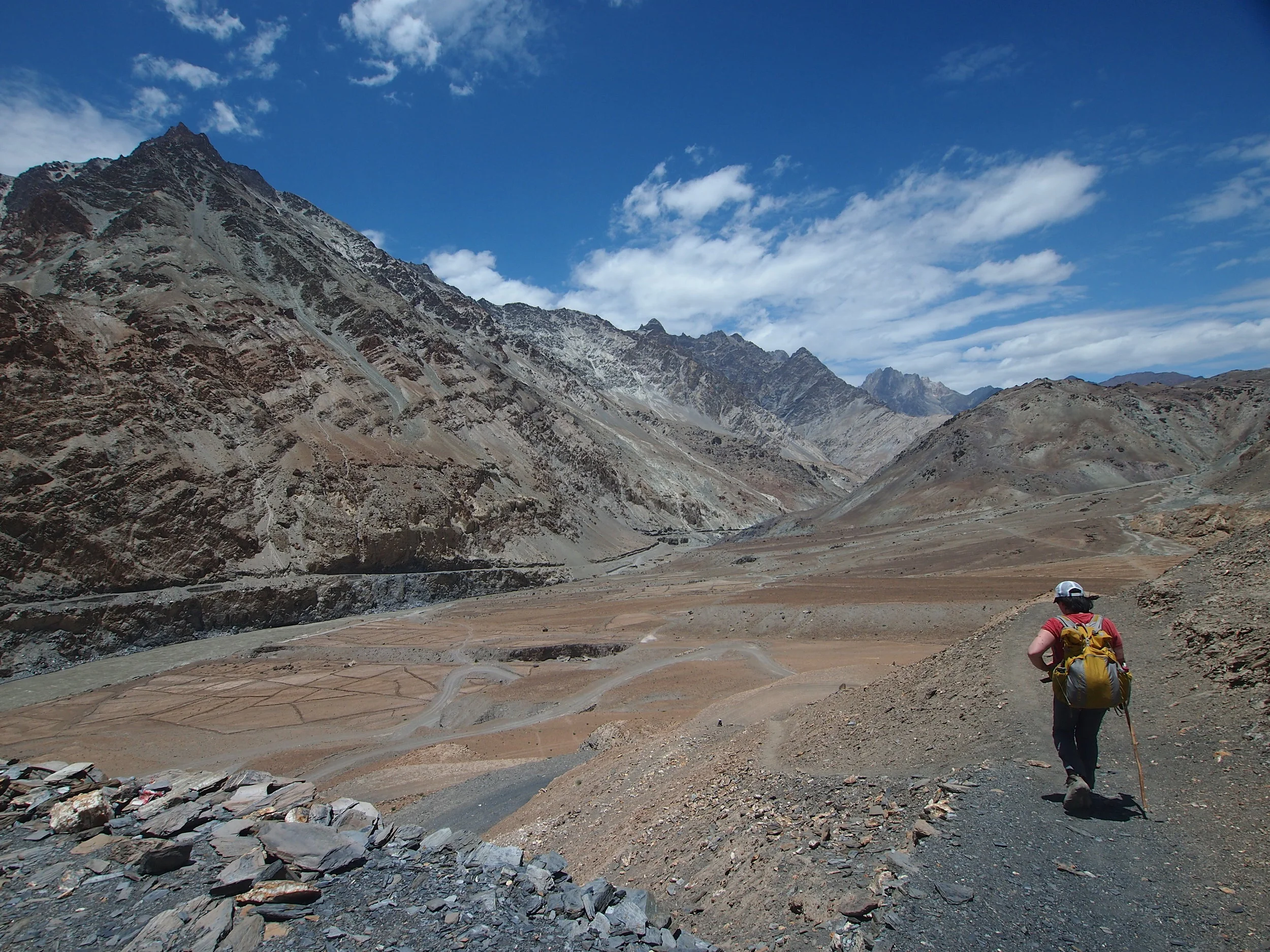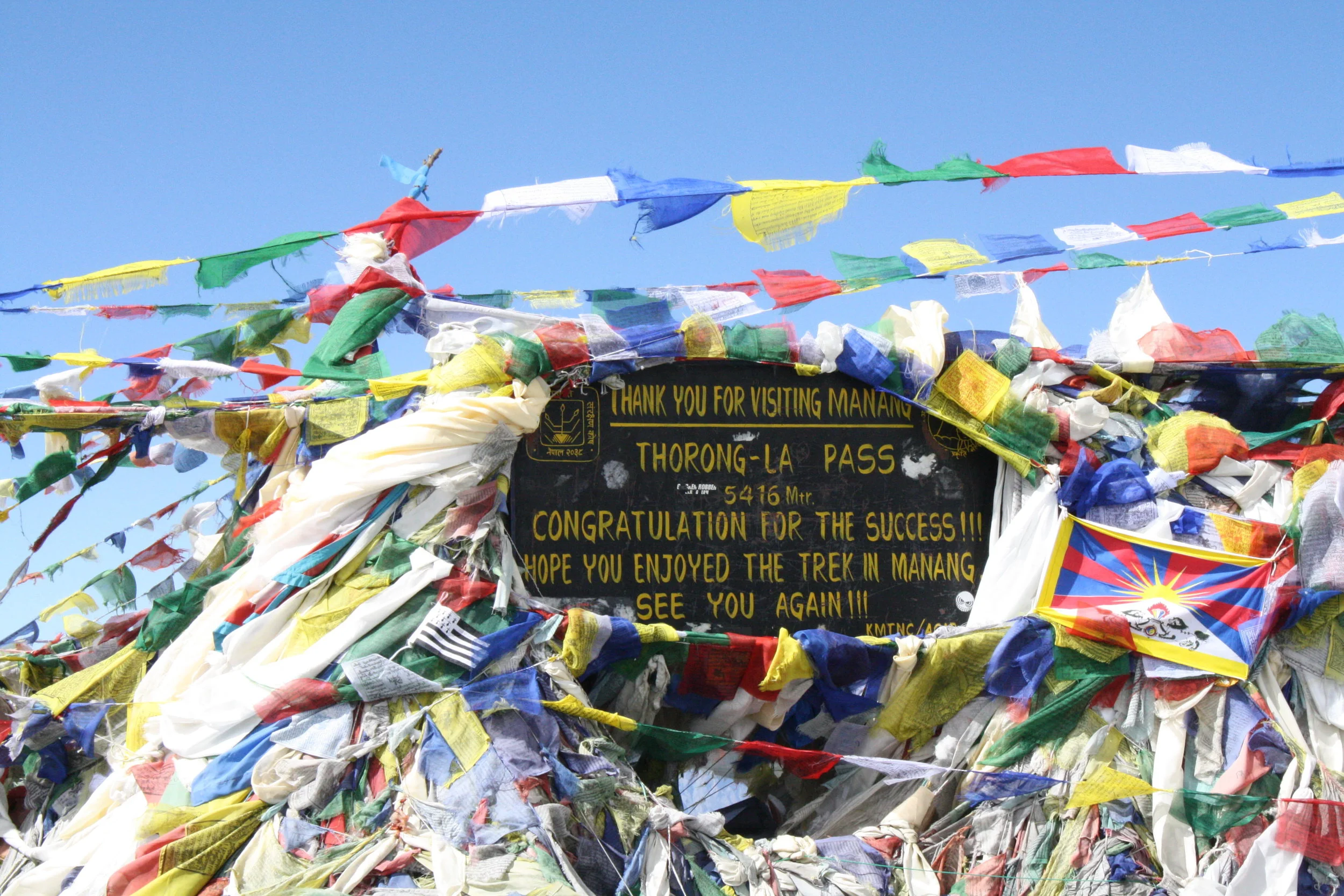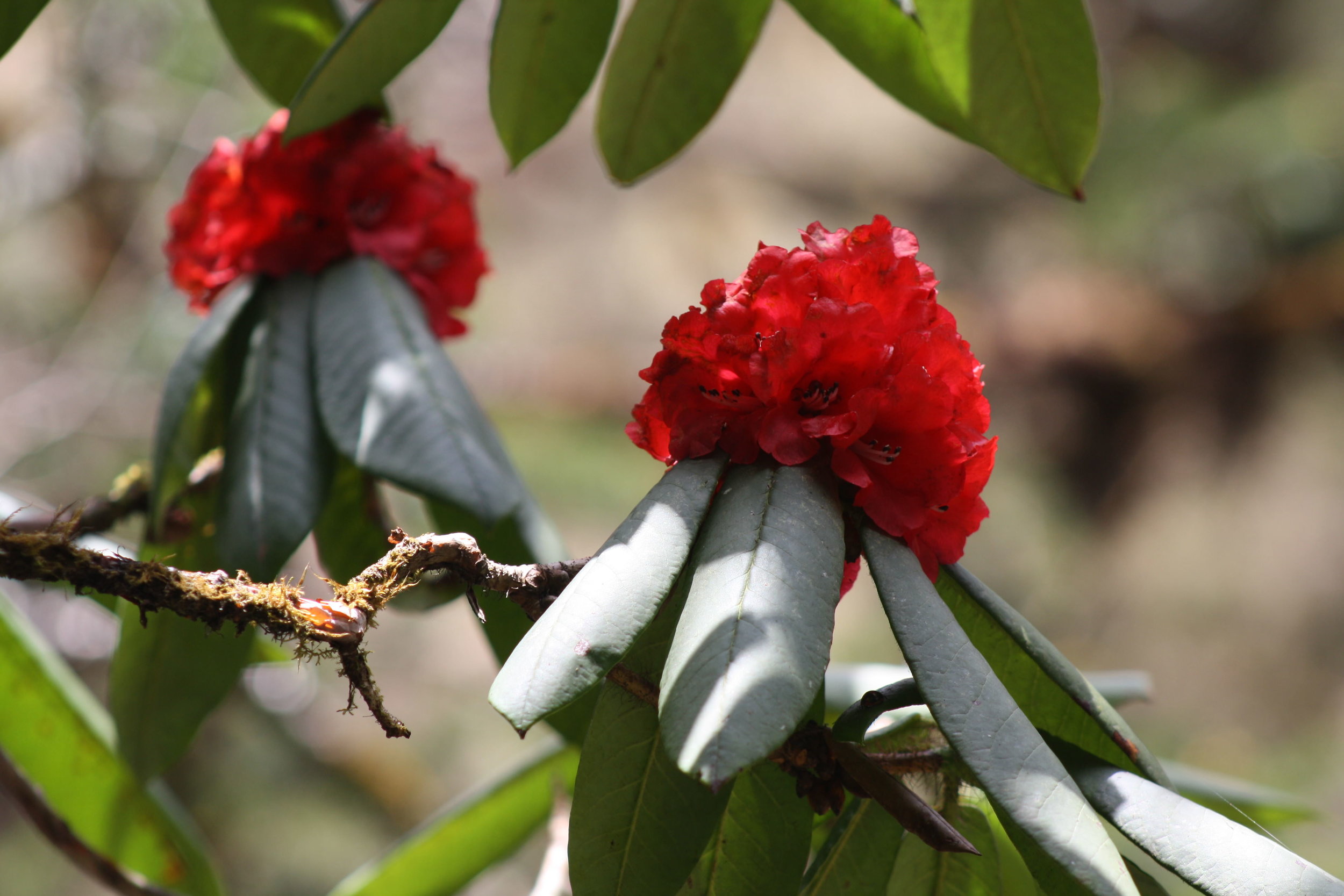Frequently Asked Questions
Nepal trekking
Got a question? We are here to help! If you don’t see your question here, get in touch on our Contact Page
Do I need a visa to visit Nepal?
Yes, all visitors to Nepal must apply for a visa with the Nepal government. The cost is US$30 for 15 days and US$50 for 30 days - both of these are multiple entry visas. You can either apply for a visa on arrival using a paper form or apply online at http://online.nepalimmigration.gov.np/, but please note that this site can be problematic and most people use the paper version. Both systems require the correct fee in cash, and a passport sized photo to be presented at the airport. You will need to provide the exact address and phone number of your hotel in Kathmandu, which we will give you before your departure.
What do I do if I want to extend my visa?
You can extend your visa in Kathmandu, for an additional US$2 per day (note that they charge a minimum of 14 days). You cannot be on a trek or in the village on the day your visa runs out. For further visa information for Nepal please visit www.nepalimmigration.gov.np
What will the weather be like?
This depends on the departure date of your trip and the altitude that you travel to. Expect day time temperatures in Kathmandu of 25-30 degrees from March to September 20-25 degrees in October/ November and night time temperatures of 11-20 degrees. Pokhara has similar night time temperatures but as it is lower than Kathmandu, so day time temperatures can be 27-30 degrees from April to September and around 23-27 degrees in March and November. The temperature at our village project in Sindhupalchok is similar to Kathmandu. On the trek, temperatures will be much colder. Expect 5-15 degrees at 3,000 metres with night time temperatures of zero to ten degrees.
What kind of bags should I bring?
We suggest bringing a soft travel bag, backpack (50-60 litres) or a suitcase (but in this case you would need a soft type bag as well for the trek). You also need a small day pack and a light bag to leave items that you are not taking on the trek.
Do I carry my own bag on the trek?
No, you only carry a small day pack with personal items such as camera, water bottle, toilet paper etc. Our porters carry your main bag which will arrive at your daily destination.
Who will be guiding my trek?
All our treks have experienced English speaking guides who will look after you during the trek.
How hard will the trek be?
Anyone with a reasonable amount of fitness should be able to complete our treks. Trekking can be hard, especially at high altitude in the Everest or Annapurna regions, but we encourage you to walk at your own pace and take rests as needed.
How far will we walk each day?
In general we walk five to eight hours per day. It’s not a matter of distance but the number of hours we walk. As we get higher we are restricted in the distance we can walk so that we don’t exceed an altitude gain of approximately 500 metres per day.
Do I need trekking boots?
These are great but should be worn in. If you don’t have boots, good trainers or walking sandals are fine for shorter treks. Check with us if you are unsure.
Where do we sleep on trek?
You will sleep in trekking lodges known as teahouses. These are run by local families and provide basic but comfortable rooms with simple beds and clean bedding. Some rooms will have en-suite facilities otherwise there are shared bathrooms.
Do I need a sleeping bag?
You will need a sleeping bag for you trek.
Will I suffer from altitude problems on the trek?
Our treks all go to different heights. Trekkers going to Jomsom, Pun Hill or Ghandruk should have no problem. On treks over 3,000 metres there is always the possibility of altitude problems. It’s important to acclimatise, walk at your own pace and drink plenty of water. You should tell your guide if you have a headache, dizziness or any other health complaint. Our guides are all trained in first aid and understand what to do if someone is suffering from altitude sickness.
Will there be hot water for showering?
Most trekking lodges have hot water showers either in your en-suite or shared bathroom. However, on some treks particularly at high altitude (where the cost of producing hot water is high) lodges will charge extra for buckets of hot water. Please note this is not included in your trek price.
Do I need a water filter?
Water filters are great and if you have one, bring it. Boiled and filtered water is available at the village homestay and most trekking lodges. This is safe to drink. While in Kathmandu and Pokhara ask for filtered water for your water bottles.
Will I get lost?
If you follow the advice of your tour guide and stay with your group you won’t get lost!
What standard of accommodation can I expect?
We use excellent hotels with very comfortable rooms in Kathmandu and Pokhara. Our village earthbag accommodation and trekking lodges are basic but comfortable.
Will there be somewhere safe to store my valuables?
We use very good hotels and most of them have safes and safe storage. Make sure that you ask each hotel to protect your valuables.
Will I be able to recharge my phone/batteries?
Yes make sure that you have an adaptor. Nepal has a standard 230 V. They use 2 pin and 3 pin round sockets.
Can I do laundry on the trip?
Laundry services are available in hotels, but this can be expensive. There are also good machine laundry services in Kathmandu and Pokhara. We recommend bringing enough clothes especially underwear and socks to last your whole trek.
What standard of toilets can I expect?
The standard of hygiene in hotel and restaurant toilets is generally good. Our village accommodation has western toilets. Do be aware that toilets between towns may be squat type and more primitive. We recommend carrying some toilet paper and hand sanitizer in your bag.
Do you cater for vegetarian and other special diets?
Yes, we recommend following a vegetarian diet whilst in Nepal. Please advise us of your dietary requirements so that we can arrange this in advance.
What vaccinations do you recommend?
Beyond The Clouds recommend consulting a travel doctor (worth shopping around and check the prices) for vaccinations. Usually they will recommend shots for hepatitis, typhoid, diphtheria/tetanus, polio booster and meningitis. As you will not be travelling in southern Bhutan, malaria tablets are not essential if you wear repellent, cover bare arms and legs and take sensible precaution. You may also be offered a series of rabies injections as there is rabies present in the Himalayan region. Please discuss this with your travel doctor. We strongly recommend staying away from all animals during the trip. Please note: It is your personal decision as to which vaccinations to take, and we cannot take responsibility for this.
What do I do if I need medical care?
Nepal has good medical facilities in Kathmandu and Pokhara. There are also pharmacies in every village. Please inform your guide if you need any assistance.
Is there anything I should avoid doing in Nepal?
Do not wear revealing clothing in villages or in monasteries, and avoid touching animals.
Can I take photographs anywhere?
Most Nepali people are very friendly and open to having their picture taken but do respect them by asking permission.
Can I bring gifts for the local children?
As a rule, Beyond The Clouds discourages hand outs. Handing out things such as sweets, pens and money only creates a culture of begging and bad teeth. As an alternative, you may wish to donate to our charity First Steps Himalaya so that we can purchase suitable items for children at our projects. We also really appreciate donations of duplo, wooden railways and wooden puzzles as well as good quality second hand children’s clothing.
What is the local currency?
The Nepalese Rupee which is tied to the Indian Rupee, is the local currency but is only available inside Nepal. You can change money in Nepal easily.
How much spending money should I bring?
As all your accommodation and most of your food is included on these tours you only need to bring spending money for meals in Kathmandu and Pokhara, souvenirs, alcoholic drinks and any extras such as massage. We would recommend bringing a minimum of US$500.
Can I use my credit cards? Are there any ATMs?
Yes – credit cards are accepted at most hotels and tourist shops in larger centres. There are ATMs in major centres such as Kathmandu and Pokhara but we would advise bringing some US$ or GBP cash.
How much is recommended for tipping?
Tipping in Nepal is entirely up to clients but is always appreciated by guides and porters on our treks. As a guideline, we suggest single and couple trekkers tipping the guide on a short trek (4-6 nights) around US$35-50 and each porter around US$20. If you are in a larger group then around US$50-70 for the guide between the group and US$25 for each porter. On longer treks (10-20 nights) a suggested tip for the guide would be US$70-150 and US$35-50 for each porter. Larger groups might give a bit more depending on group size.
WE OFFER A RANGE OF TREKS THROUGHOUT NEPAL
Explore all our Nepal Treks including the incredible Three Passes Trek and the stunning Gokyo Lakes Trek
WANT MORE INFORMATION?
Check out some of our blog posts about Nepal:















